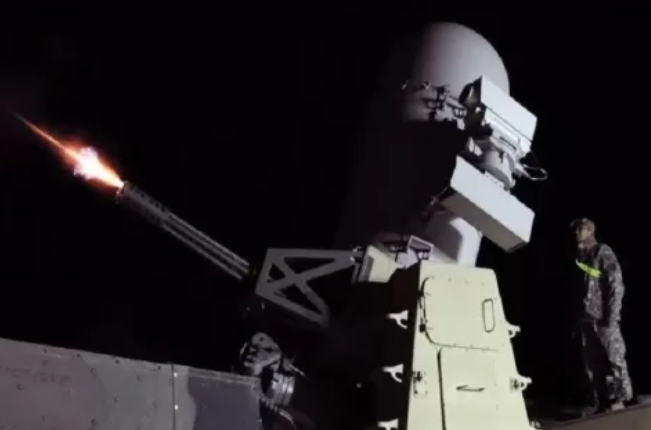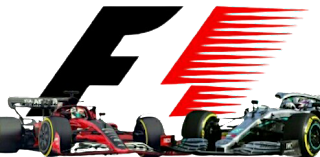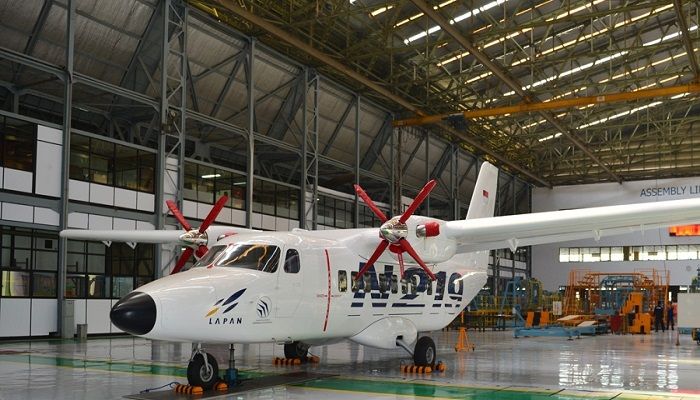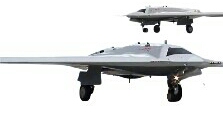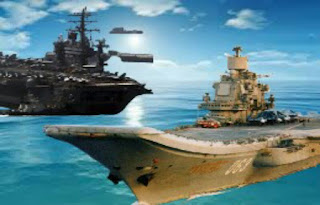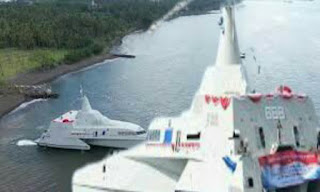C-RAM (Counter Rocket, Artillery, and Mortal) is a defense system made in the United States (US) to detect and destroy rocket, artillery, and mortar attacks before touching their targets on the ground.
With its sophistication, it’s no wonder that Ukraine asked for help from the United States (US) to get the C-RAM. Because Ukraine felt overwhelmed to ward off the onslaught of Iranian-made kamikaze drones used by Russia.
The C-RAM, which the United States Navy has already used as an effective defense system, is comparable to the land-based version of the Phalank CIWS radar-controlled fast-fire weapon for close-range protection of ships from missile attacks.
The difference between land-based C-RAM and sea-based rapid fire weapons lies in the ammunition, but both use forward looking infrared (FLIR) cameras that make it easier for the operator to visually capture and identify targets before firing. Another difference is the bullets fired from the Phalanx system. capable of penetrating tungsten armor, while the C-RAM system, which has 20mm HEIT SD ammunition, is capable of tracking, incinerating and destroying its targets.
Initially this system was conceived and developed for the M163 Vulcan as an air defense. From this C-RAM system the shot round will explode if it hits the target or the burn out tracker, thereby reducing the risk of additional damage to others if there is a failure to hit the target.
This C-RAM system has impressive capabilities, where it is capable of firing 4,500 rounds every minute. The system is mounted on a rotary base and is controlled by a radar. Although developed to shoot down rockets, artillery shells and mortars in airspace, the C-RAM system is also capable of easily targeting remotely piloted aircraft within range.
The C-RAM defense system is named R2–D2 because of its resemblance to the robots in the Star Wars series. The bursts of fire in this defense system look like powder fire with a sound similar to a chainsaw. Usually the C-RAM is mounted on a trailer and can be fired from a long distance, thus offering an extra layer of protection for the crew.***

